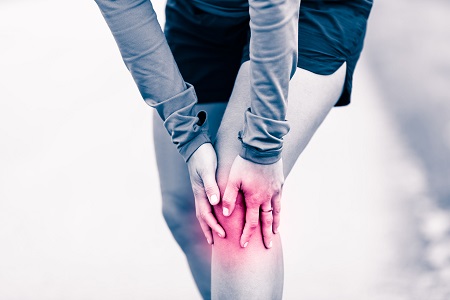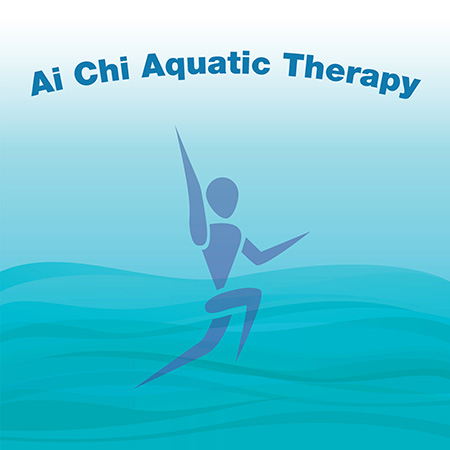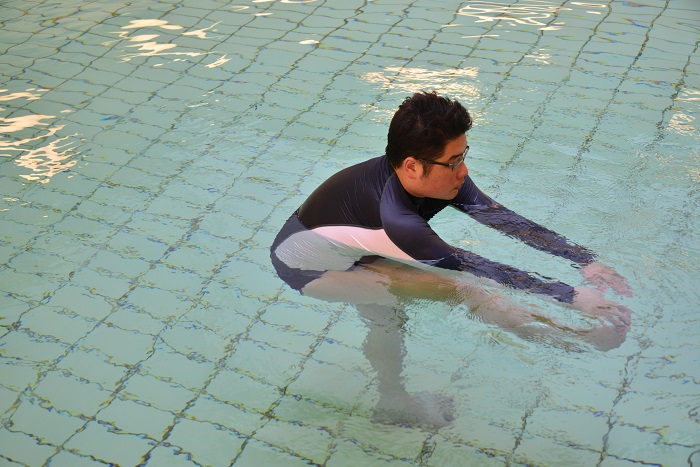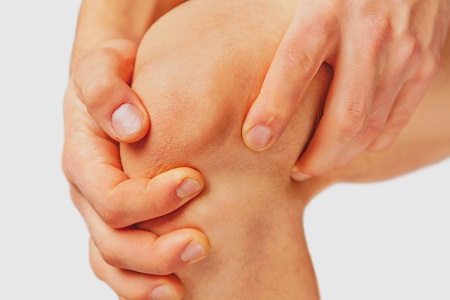It’s not easy going about daily life and self-care if your knees are always sore or stiff. But that’s the harsh reality facing a rising number of older people in Hong Kong with osteoarthritis of the knee, or knee OA. Besides treatment and physiotherapy, doing tai chi or other land-based exercise can benefit many knee OA patients. However, some are unable to bear a large amount of their body weight on their arthritic knee because of the pain. Special, physiotherapist-led aquatic exercise programmes conducted in a warm pool could help them, but their long-term cost may be prohibitive. Could Ai Chi, an aquatic exercise incorporating tai chi concepts, be a sustainable alternative?
Knee OA occurs when the protective cartilage inside the knee joint thins, which eventually causes the bones in the knee joint to rub against each other. Previous studies of the special aquatic exercise programmes showed they could help improve knee OA patients’ pain, stiffness, balance, physical functioning, and quality of life, with the water’s warmth, supportive buoyancy and slightly compressive pressure aiding in the easing of pain and the relaxation of muscles. However, their dependence on the presence of a physiotherapist to provide instruction could make them unsustainable in terms of manpower availability and cost because of Hong Kong’s ageing population, with a third of people aged 65 years or older in 2050 in the city forecasted to have knee OA.










